Adaptive Particle Discretization of Curved Surfaces
Please login to view abstract download link
We present an algorithm for computing locally regular adaptive-resolution particle discretizations of curved surfaces. This is useful for representing or sampling shapes by point clouds, and it is key to numerically solving partial differential equations on curved surfaces. A good particle discretization has a locally homogeneous sample distribution (i.e., low grid distortion), which is prerequisite for numerically robust and accurate function and differential-operator approximation using meshfree particle methods. However, it is equally important in mesh-based methods and in surface meshing for finite-element methods [1]. Our method is based on minimizing a fictitious potential energy defined through particle-particle interactions [2]. We adapt this to curved surfaces by making the interactions depend on the local mean curvature of the surface, allowing for adaptive-resolution discretization. To accelerate convergence, the optimization routine performs a line search and also automatically varies the number of particles used to discretize the surface. The required geometric information, including the location and the curvature of the surface, is computed using a high-order particle level-set method [3]. This has the advantage of retaining the smoothness of the surface, as opposed to triangulation-based algorithms. We benchmark the resulting surface discretizations on a variety of shapes, such as the Stanford bunny and the 3D spot dataset, showing locally regular adaptive-resolution particle discretizations. We highlight the adaptivity of the method in a numerical simulation, in which we compute the predictions of a morphogenetic reaction-diffusion model on time-varying, deformable organic shapes. References [1] Nguyen, H., Burkardt, J., Gunzburger, M., Ju, L., & Saka, Y. (2009). Constrained CVT meshes and a comparison of triangular mesh generators. Computational geometry, 42(1), 1-19. [2] Reboux, S., Schrader, B., & Sbalzarini, I. F. (2012). A self-organizing Lagrangian particle method for adaptive-resolution advection–diffusion simulations. Journal of Computational Physics, 231(9), 3623-3646. [3] Schulze, L. J., Veettil, S. K., & Sbalzarini, I. F. (2024). A high-order fully Lagrangian particle level-set method for dynamic surfaces. Journal of Computational Physics, 515, 113262.

